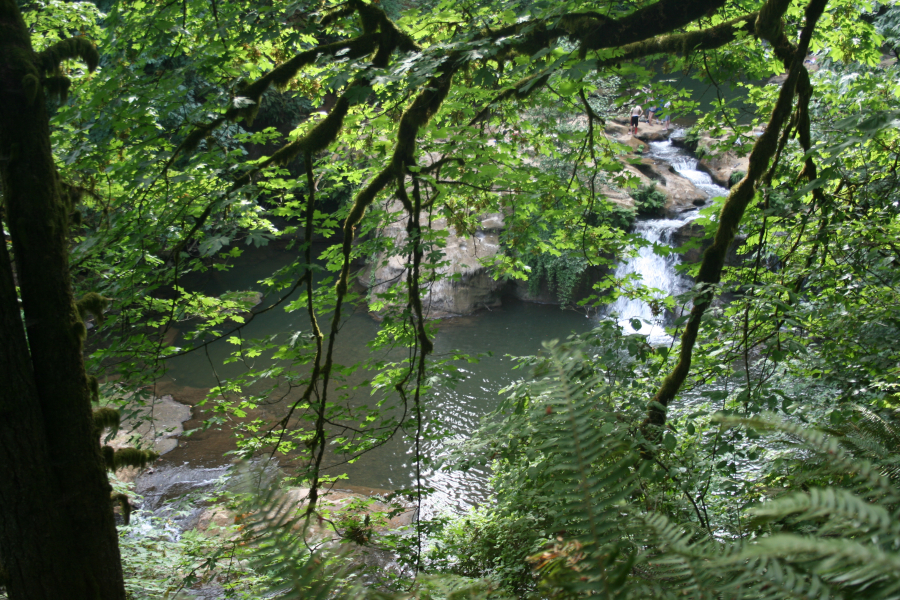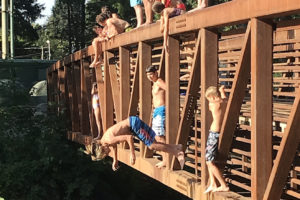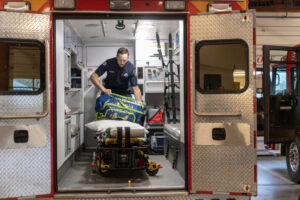UPDATED: This article was updated at 12:56 p.m., July 26 to include new information from the Clark County Medical Examiner’s Office.
The July 18 death of Tara L. Holyk, a 37-year-old Vancouver woman who fell nearly 40 feet from an unofficial trail inside Lacamas Park, highlights the ongoing safety hazards near the popular Camas “potholes” area.
Camas-Washougal Fire Department (CWFD) Captain-Paramedic Kevin West responded with one other CWFD firefighter to reports of a fallen hiker at 7 p.m., Wednesday, July 18.
The initial part of the rescue proved “extremely difficult” since the topography at Lacamas Park often complicates pinpointing exact locations.
“We do not always have a good starting location,” West explained, saying Clark Regional Emergency Services Agency (CRESA) used GPS to put rescuers within 30 meters of where the woman had fallen.





